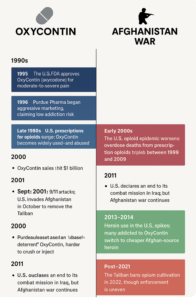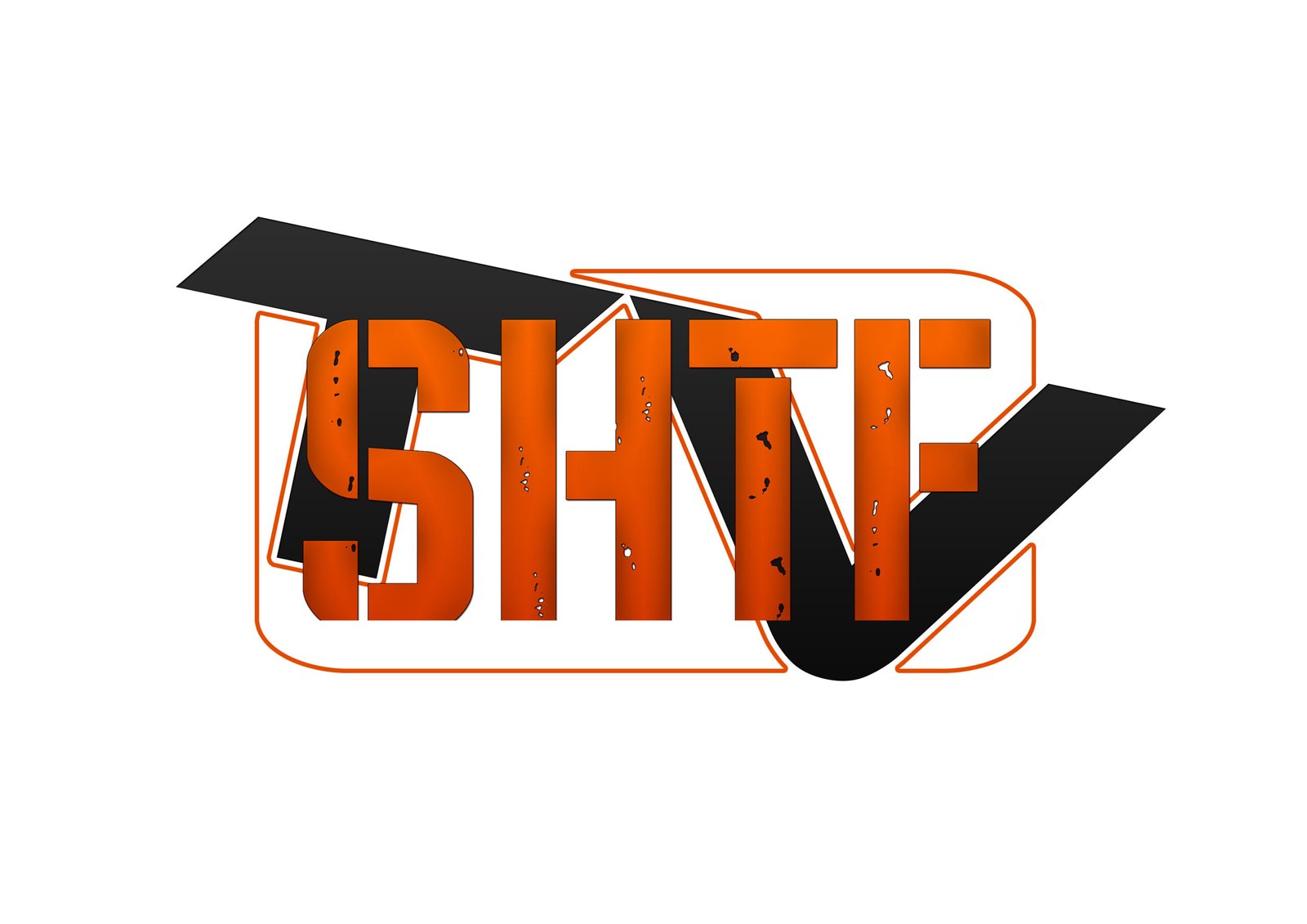
Introduction
When Americans were told OxyContin was “safe,” Afghanistan was being bombed in the name of freedom.
Two different wars — one against pain, one against terror — but both fed the same monster: addiction and profit.
Between 1996 and 2021, the U.S. opioid crisis and the Afghanistan War grew in tandem. One flooded American towns with pills; the other flooded global markets with opium. Together, they formed a perfect storm of pain, policy, and hypocrisy.
Section I: The Corporate Catalyst

In 1996, Purdue Pharma unleashed OxyContin, a new time-release opioid touted as revolutionary. The Sackler family’s company told doctors it was virtually non-addictive. It wasn’t.
By 2000, OxyContin prescriptions and profits had exploded. Purdue’s reps targeted small-town clinics and working-class communities — places where pain was common and oversight rare.
By 2007, the company pleaded guilty to federal charges for misleading marketing. But the damage was done: millions addicted, tens of thousands dead, and a black-market appetite for opioids that couldn’t be reversed.
Section II: The War Economy
At the same time, on the other side of the world, the U.S. invaded Afghanistan after 9/11. The stated goal: destroy al-Qaeda and rebuild democracy.
But beneath that mission lay another industry — the opium trade. Despite billions in U.S. counter-narcotics funding, Afghanistan remained the world’s largest producer of opium, the base ingredient for heroin.
By 2014, with over 100,000 U.S. troops deployed, Afghanistan was supplying 90% of global opium. For farmers, it wasn’t ideology — it was survival. For warlords and traffickers, it was business as usual.
Section III: Pills to Powder
When OxyContin prescriptions started drying up around 2010, addicted Americans didn’t suddenly get clean — they turned to heroin.
Much of it came from poppies grown in Afghanistan, trafficked through global networks that thrived in the chaos of war.
The result? A seamless transition from corporate opioids to battlefield narcotics — one supply chain, two sources.
This wasn’t conspiracy. It was consequence. One arm of U.S. policy pushed synthetic painkillers; another fueled instability in the world’s opium heartland. The connection wasn’t deliberate, but it was inevitable.
Section IV: Collapse and Continuity
In 2019, Purdue Pharma finally collapsed under a mountain of lawsuits and public fury. The Sackler family walked away still billionaires.
Two years later, the U.S. military withdrew from Afghanistan. The Taliban retook power and announced a ban on opium cultivation, though enforcement remains murky.
Different endings, same story: institutions profit, civilians pay, and the real cleanup never comes.
Section V: The Real Addiction
Both crises were built on the same logic — that pain is profitable.
In the U.S., it was chronic pain, physical and emotional. In Afghanistan, it was economic pain, born of decades of invasion and collapse.
In both cases, the systems that caused the pain sold the cure.
From OxyContin’s labs in Connecticut to the poppy fields of Helmand, the story is less about drugs than about dependency — economic, political, and chemical. And that dependency still runs deep.
Conclusion
The U.S. may have withdrawn from Afghanistan and Purdue may be bankrupt, but the opioid machine they helped build is still running — only now with fentanyl, cartels, and synthetic chemists replacing soldiers and sales reps.
The war on terror and the war on pain were both sold as salvation. In the end, both left behind a world addicted — not just to drugs, but to the systems that create them.



